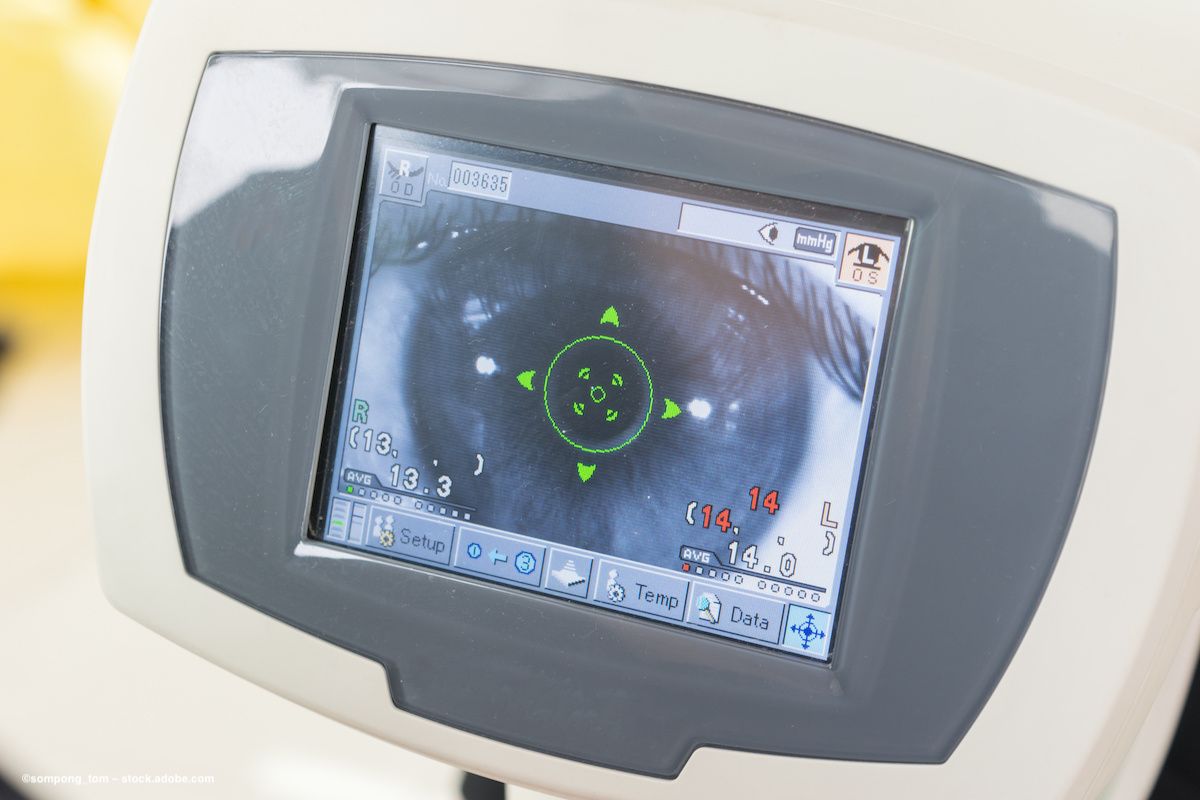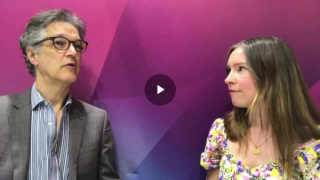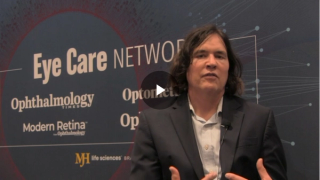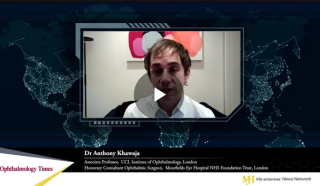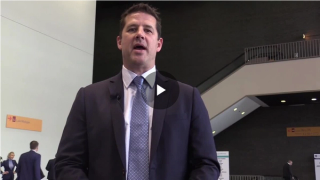
Glaucoma
Latest News

Latest Videos

CME Content
More News

Preliminary results indicate significant improvement for patients and ‘very good safety profile’

Ophthalmology Times Europe© is proud to cover the European Society of Ophthalmology 2023. We spoke to SOE presenter Panayiota Founti, PhD, FEBO, Consultant Ophthalmic Surgeon & Training Director, Glaucoma Service Moorfields Eye Hospital, London, UK.
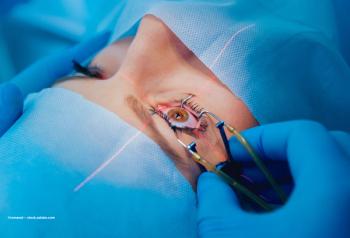
Debate continues over the best way to apply treatment option

Surgeons are performing more minimally invasive glaucoma surgeries and fewer trabeculectomy procedures.
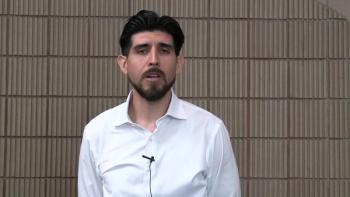
Ronald Zambrano, lab supervisor for the advanced Ophthalmic Imaging Lab at NYU Langone, talks about lamina cribrosa pressure and predicting structural glaucoma progression at this year's ARVO meeting.
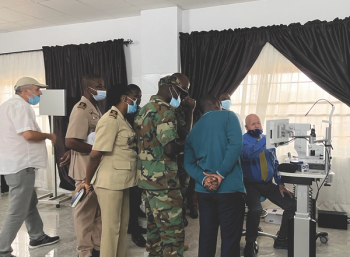
On a recent trip to Togo, West Africa, my colleagues and I taught local ophthalmologists to perform selective laser trabeculoplasty in a model that we hope to see replicated throughout the region.

The findings have potential clinical and public health implications and highlight the greater role of metabolic health status than obesity in IOP elevation, according to the authors.

The procedure can provide prolonged IOP lowering in primary open-angle glaucoma with an excellent safety profile.

Automated AI tool offers offline capability and hope for patients.
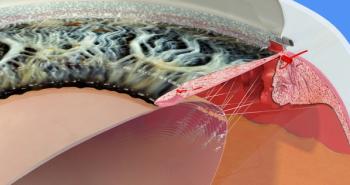
Examining the anatomy and physiology may prevent ineffective stent implantation.

Thurein Htoo, MS, MBA, CEO and co-founder of Qlaris Bio, took the podium at the New Horizons Forum at the Glaucoma 360 conference in San Francisco to discuss the performance of the company’s episcleral venous pressure eyedrop, QLS-111.

Ruth Williams, MD, explained the importance of hypotension in glaucoma and its potential as a modifiable risk factor at the 27th annual Glaucoma Symposium during Glaucoma 360 at the Westin St. Francis San Francisco on Union Square.
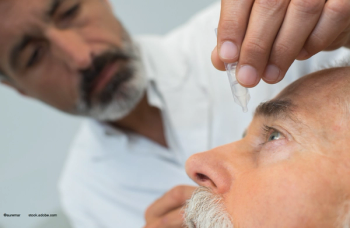
Unless there is an underlying medical necessity, researchers discourage the application of atropine as a standard therapy for trabeculectomy surgery in a recent study.

The technology uses excimer laser energy to create microscopic openings in the trabecular meshwork to re-establish the natural flow of aqueous.
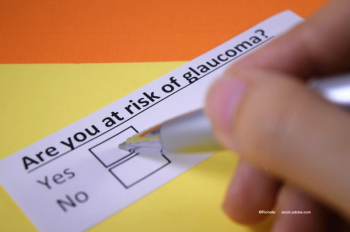
Investigators' data showed that overweight/obesity, migraine, asthma, and smoking are major risk factors for conversion from ocular hypertension to open-angle glaucoma in this Spanish and Portuguese population.

The technology is used to treat glaucoma at the same time as cataract surgery.
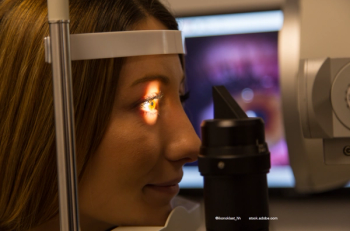
The company anticipates introducing latanoprost ophthalmic solution 0.005% to U.S. eye care practitioners in the second half of 2023.

Members of the Ophthalmology Times Europe® Editorial Advisory Board were asked to predict developments in their ophthalmic specialties and interests for 2023. A focus is our ageing population, while efficiency and productivity are also on their minds. The board members agree that one of the major challenges in the year to come will be the large number of patients awaiting diagnosis and treatment, which is only going to increase with the rising average life expectancy worldwide.

A new device for goniotomy has the advantage of an irrigation/aspiration system, which offers easier excision of the trabecular meshwork and better visibility. Dr Desai shares his experiences using the device as well as his tips and surgical pearls for success.
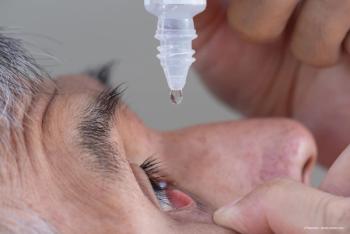
Studies reveal the advantages of numerous new glaucoma treatments that offer a wider range of options for individual patients.
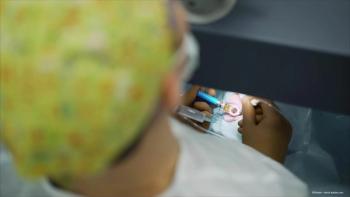
Combining ECP with vitrectomy can reduce medication use following the procedure and in some cases avoid the need for further surgery.

An end-of-week review of what happened in ophthalmology from 29 October to 3 November 2022.
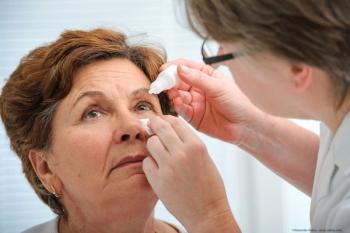
Gentle eye drops, laser or minimally invasive surgery, advising patients on safe viewing of electronic devices, and addressing eyelid disorders can all help to minimise adverse effects.

Investigators report that a gel-forming sustained-delivery eye drop containing sunitinib can provide increased intraocular absorption of the drug while protecting retinal cells.

The goal of World Sight Day, according to IAPB, is “to shine a light on blindness and vision impairment as a major, but solvable, public health issue."

